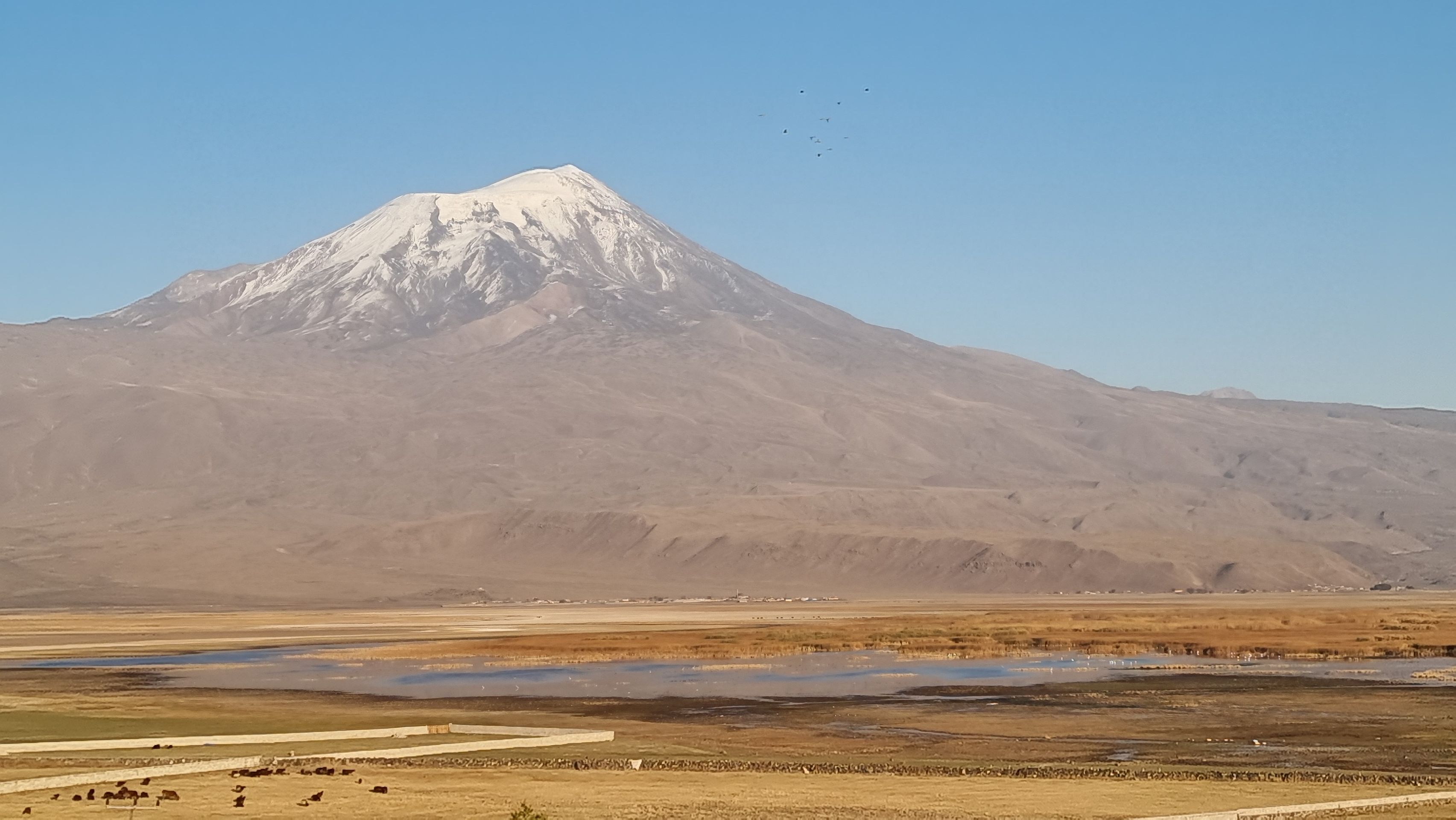Don Curry in Phrygia
Publicat: 15.10.2021
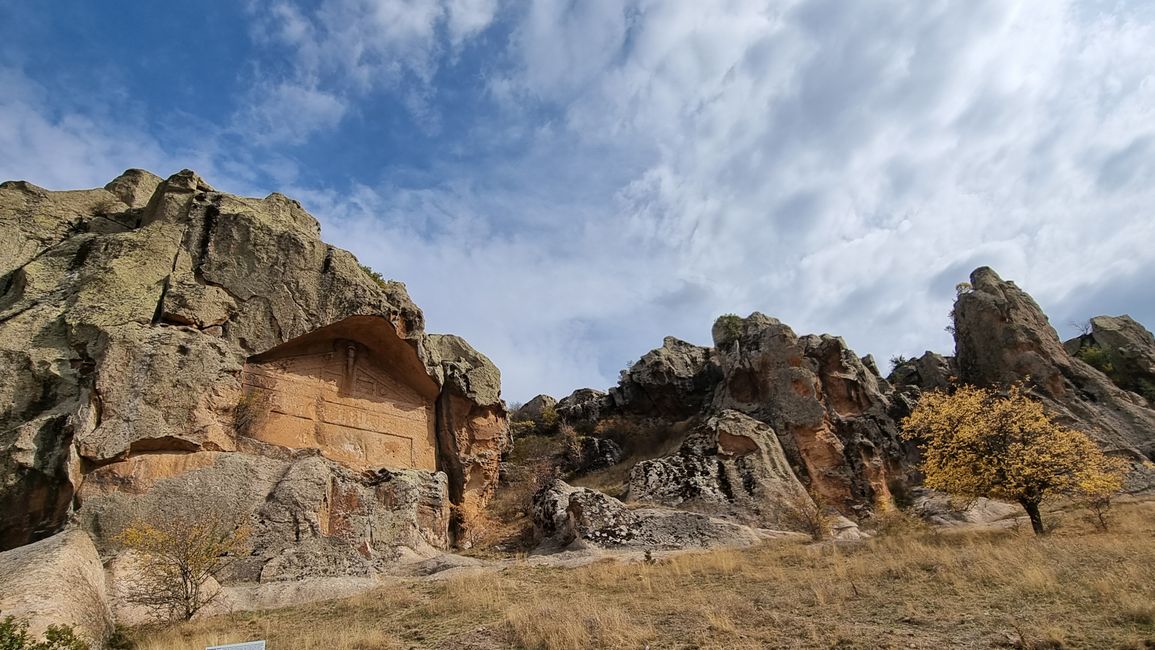
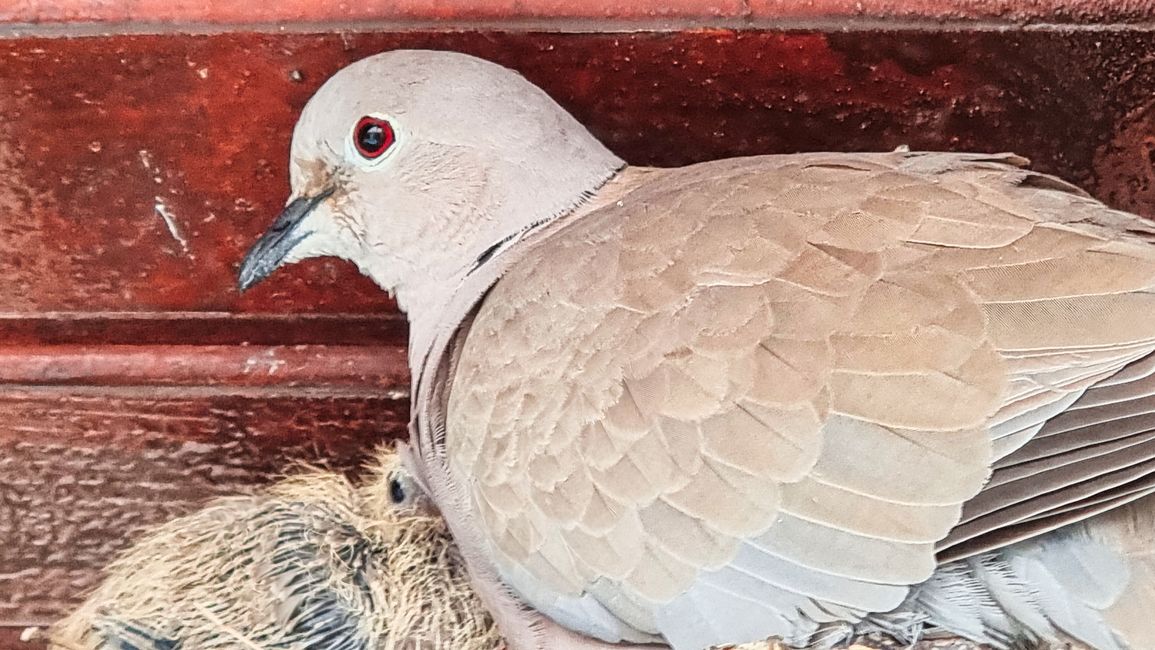
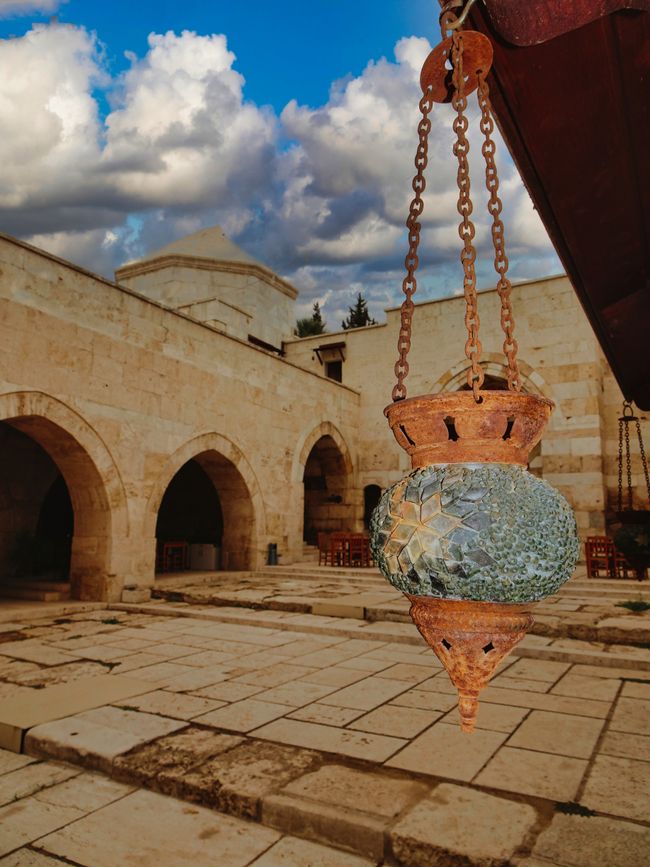
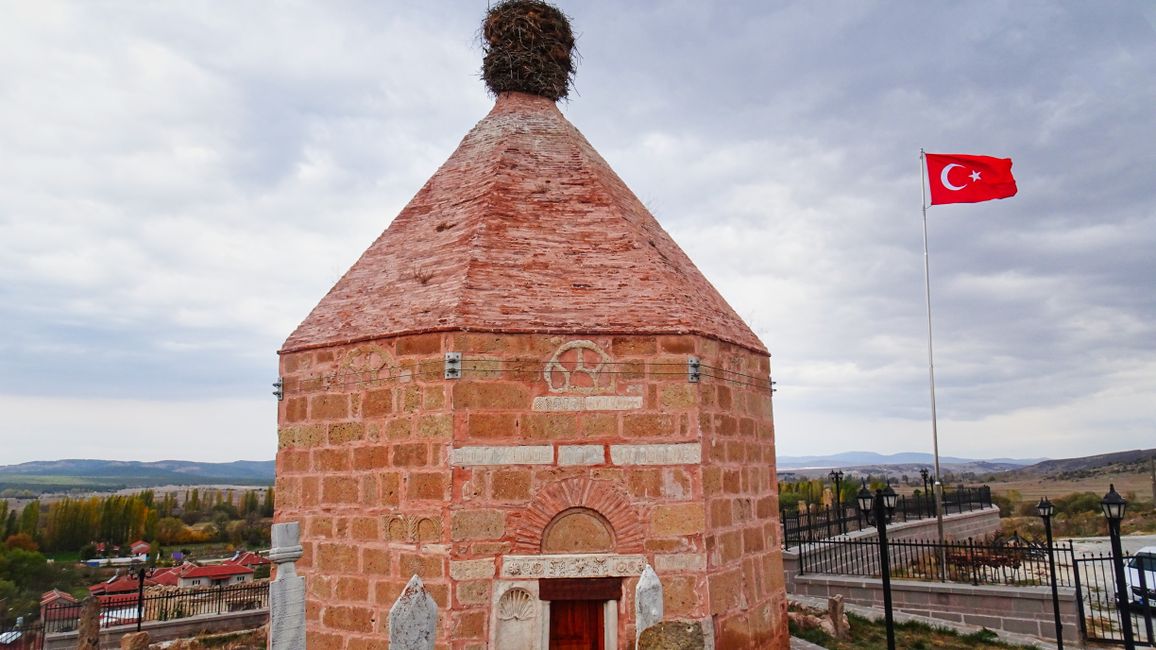
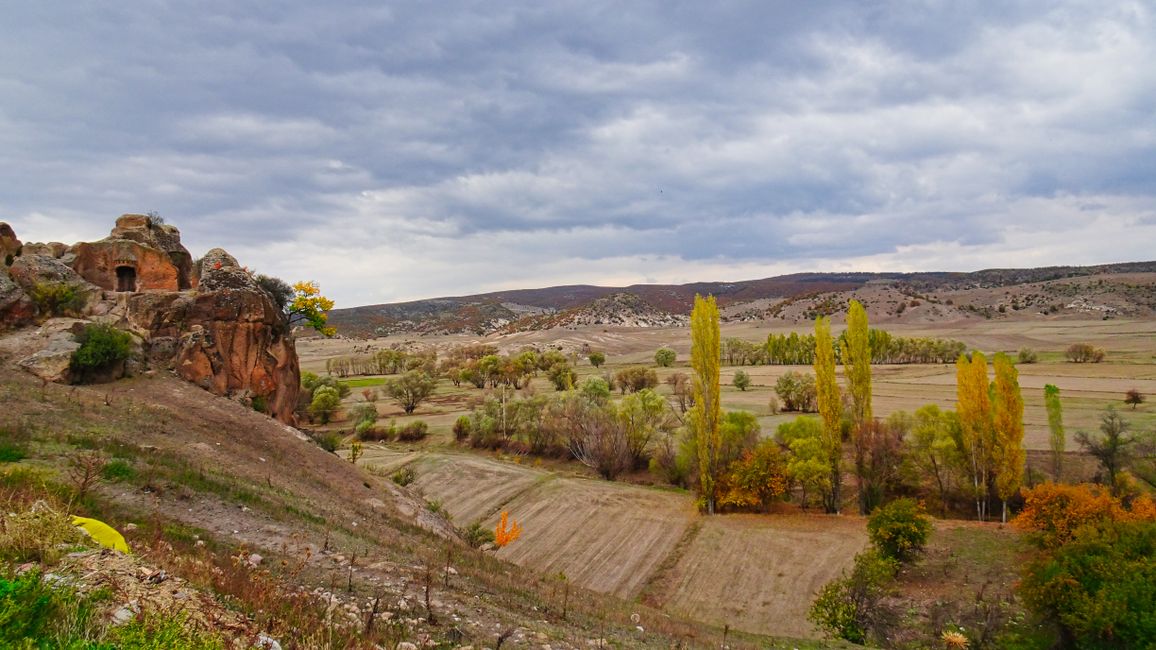
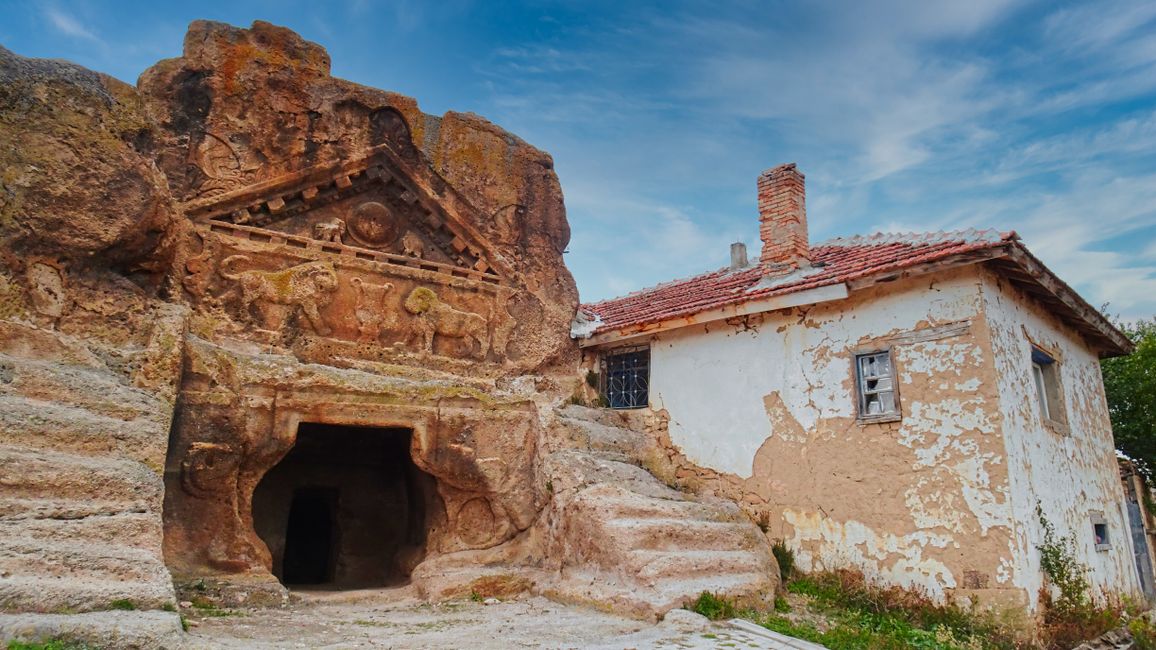
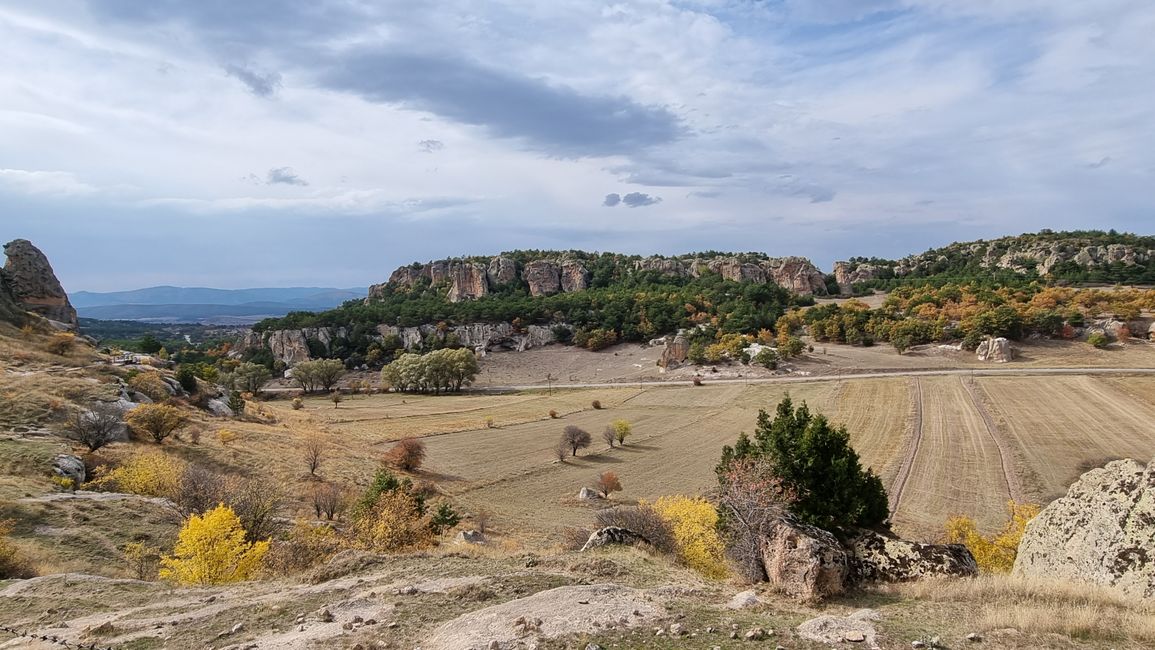
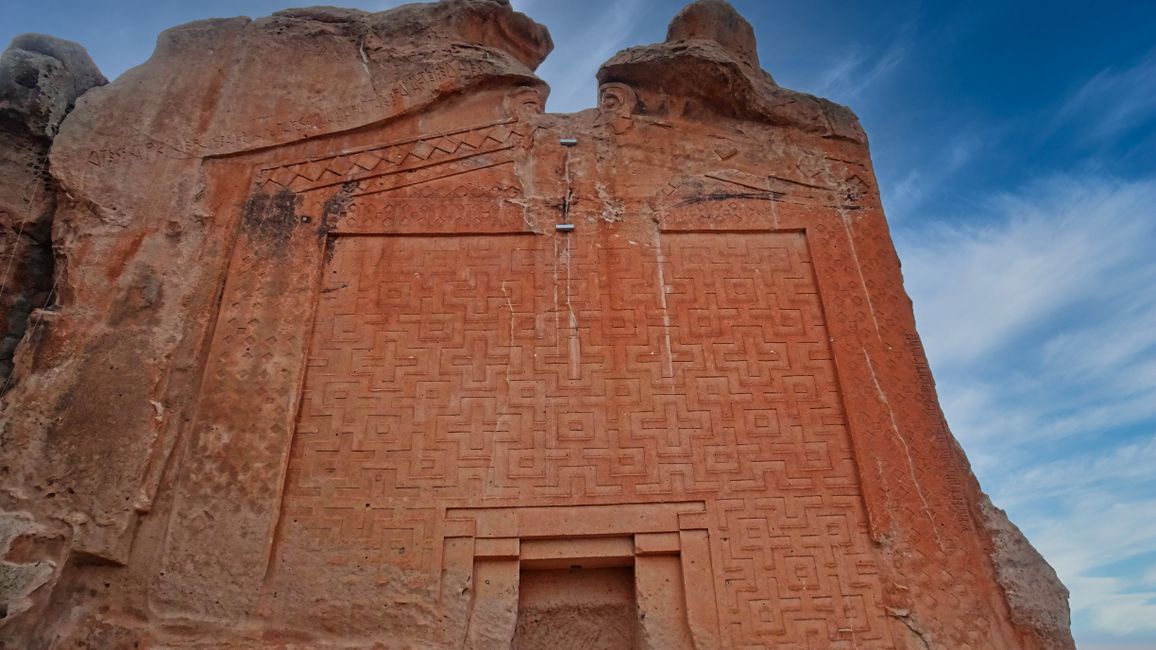
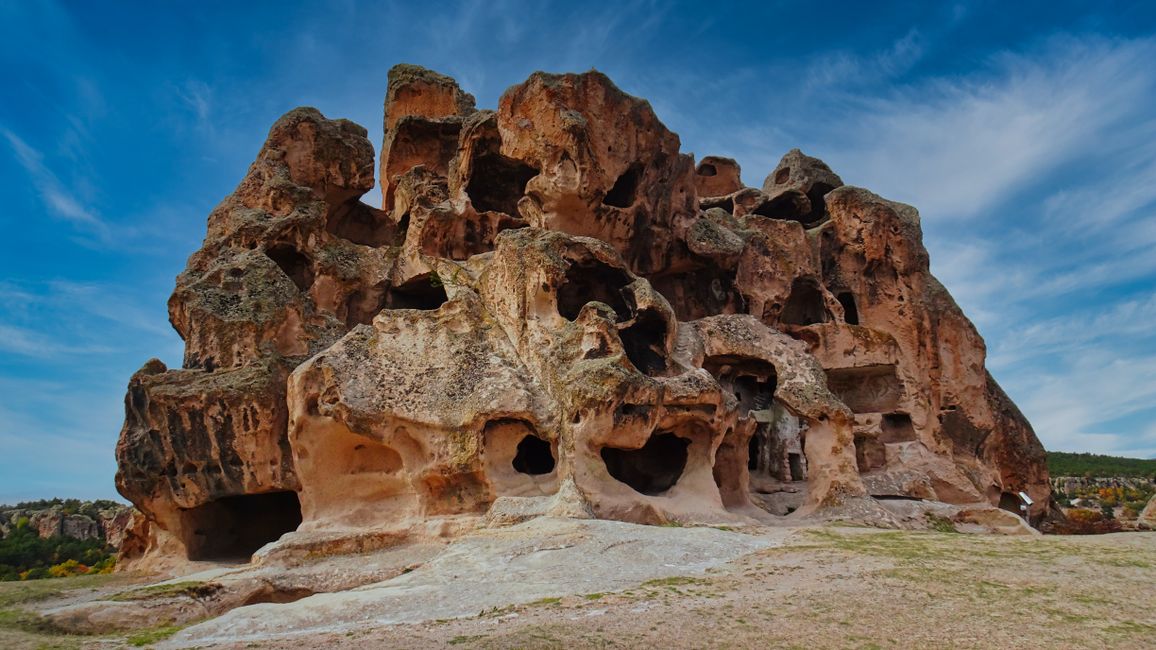
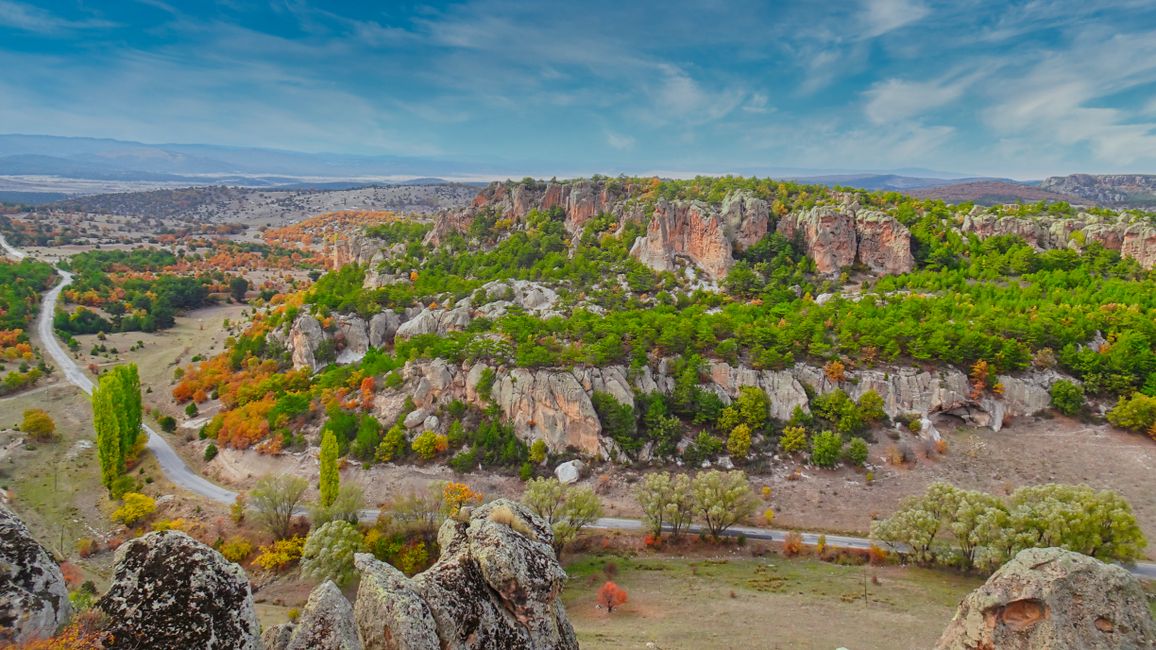
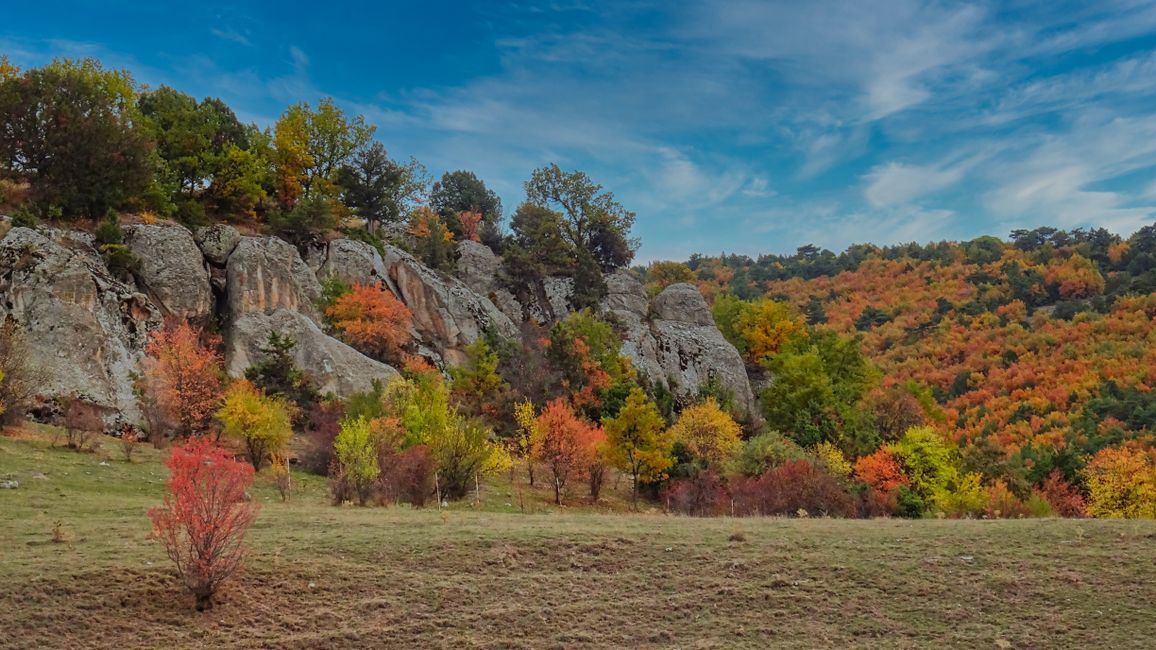
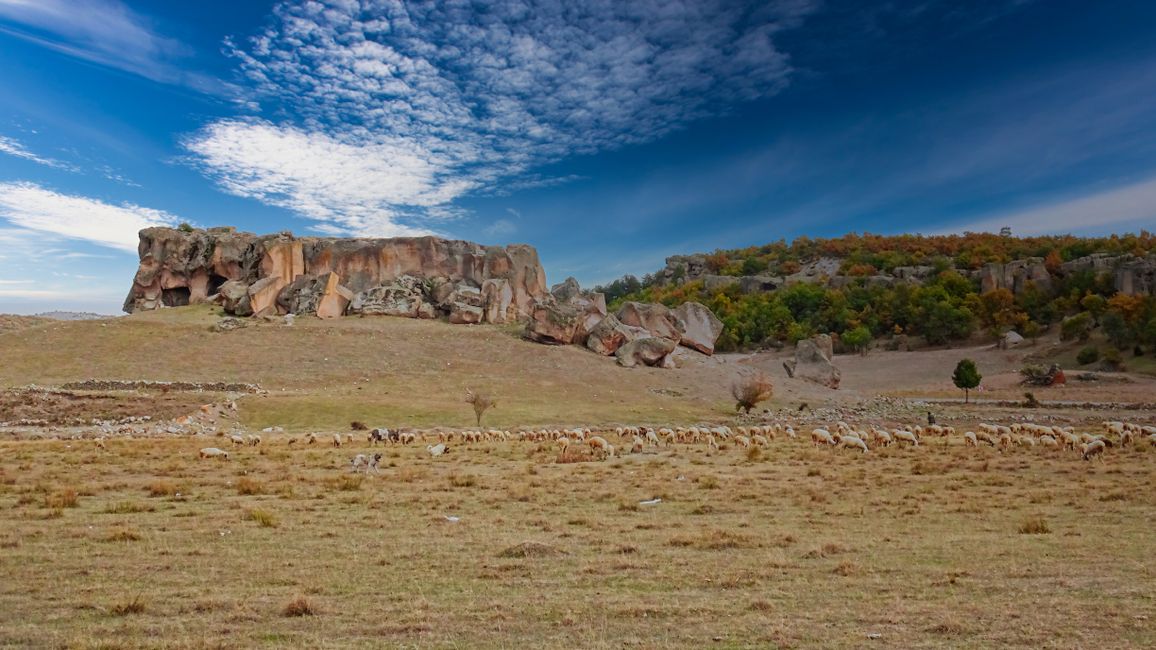
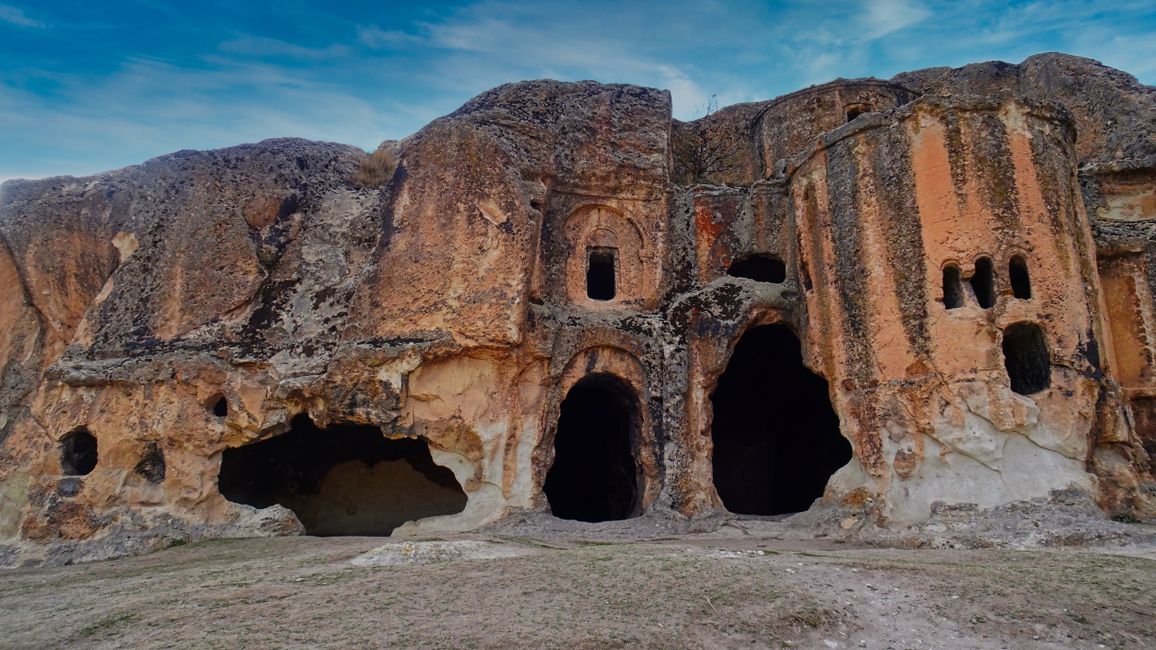
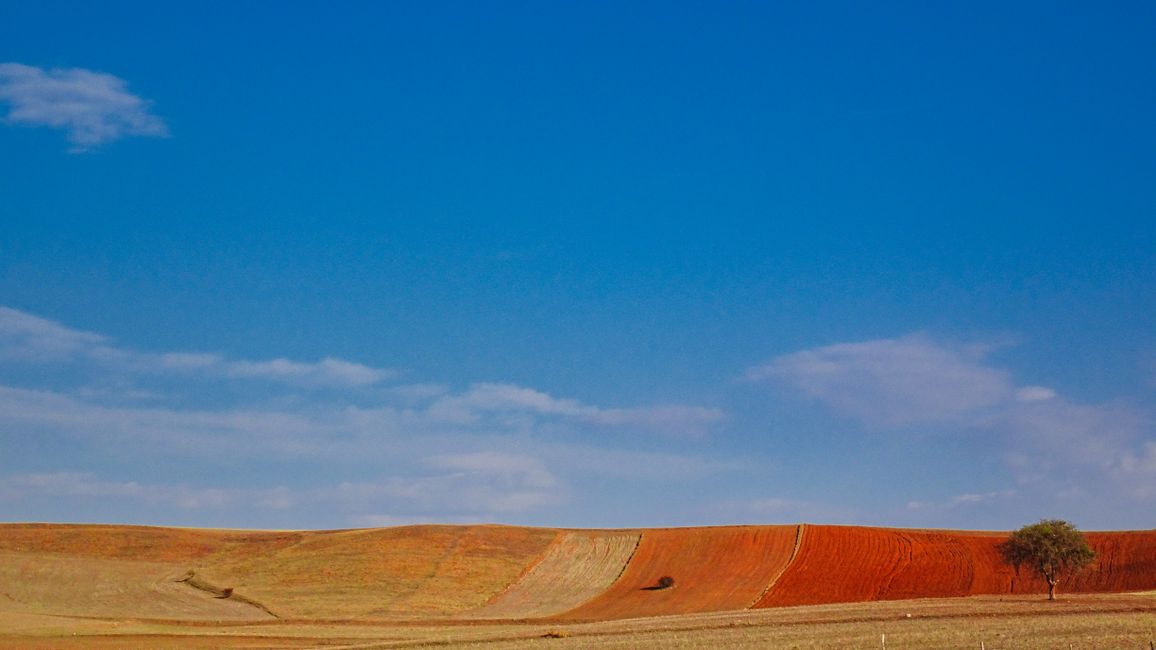
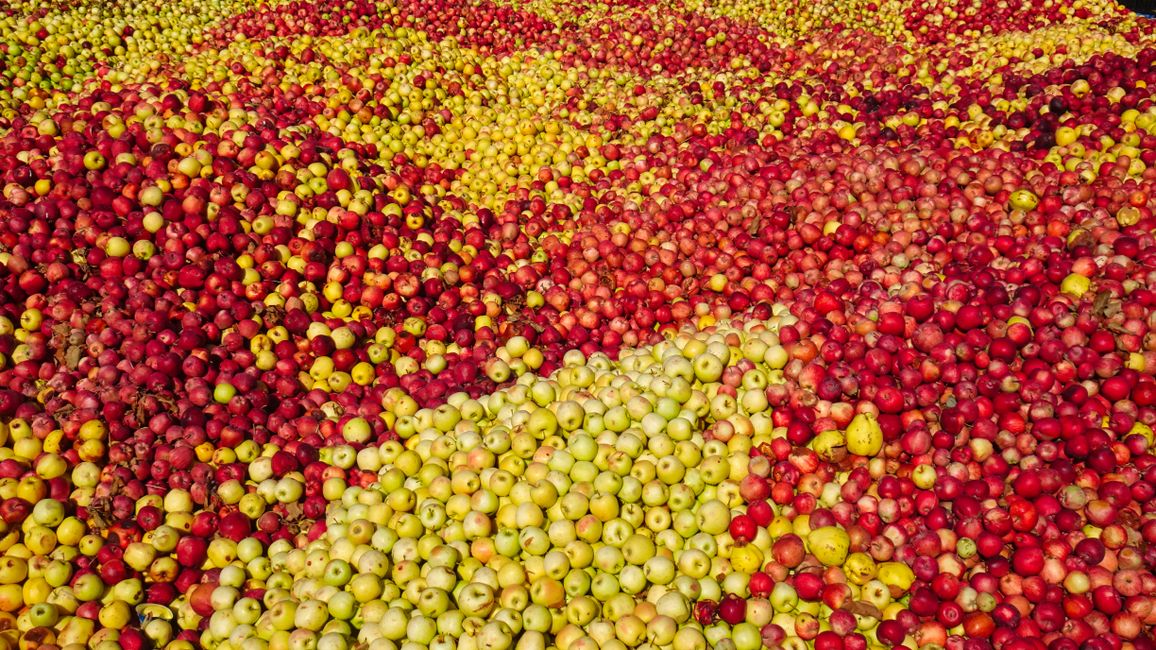
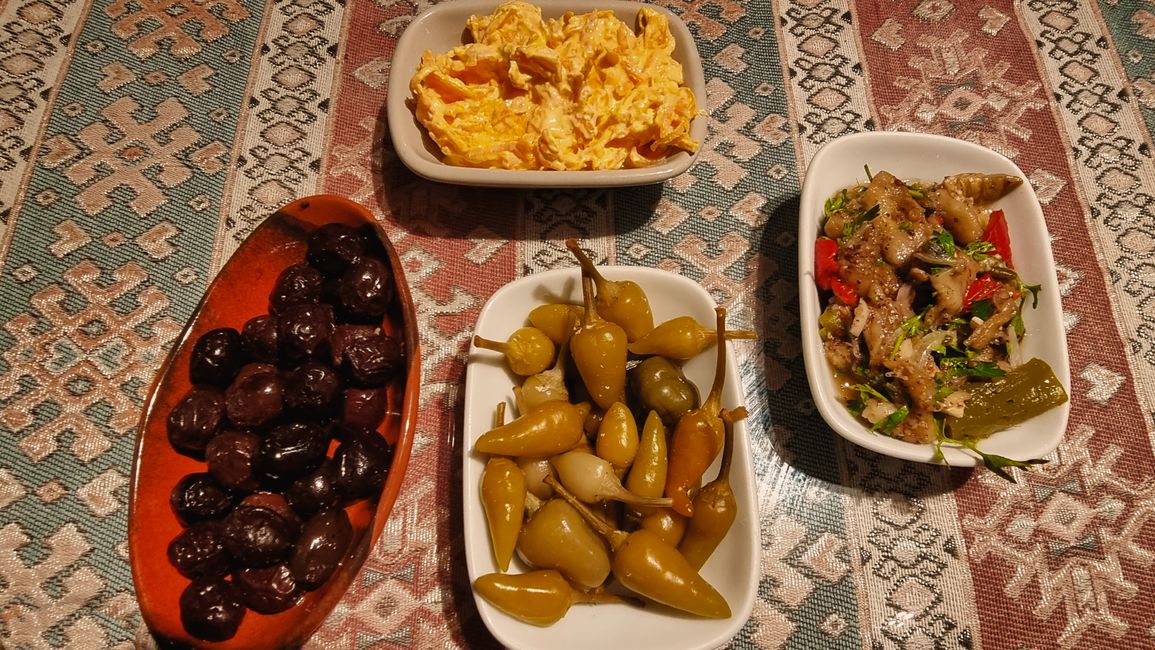
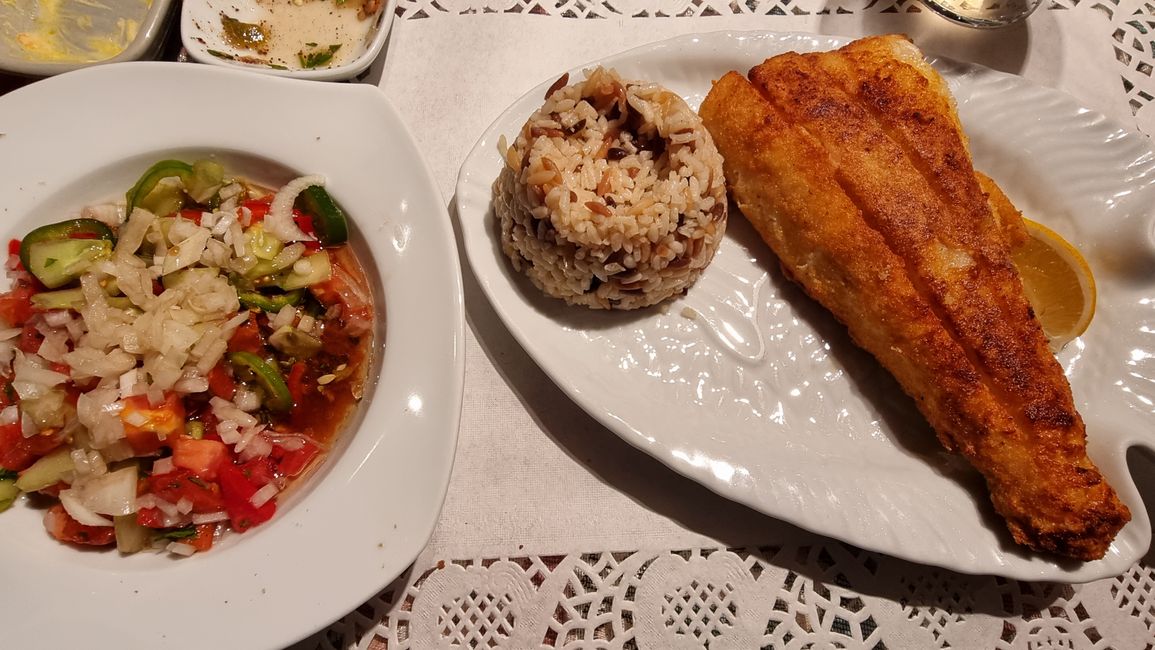
Don Curry loves contrasts. Yesterday it took him right into the tourist hotspot Pamukkale, where hundreds of other travelers were milling around. Today he visited destinations that are barely mentioned in most travel guides.
For Don Curry, Pamukkale could only end in disappointment on this day, as dark clouds covered the entire sky; there was even an increased chance of rain from noon onwards. What a sad sight: without sunshine, the travertine terraces look unattractive like dirty gray old snow. Even the excellent breakfast buffet could hardly distract Don Curry from these dreary thoughts, even though he expressly praised it at check-out. On the other hand, the inhabited pigeon's nest on his balcony was a nice surprise.
Due to his own inattention, Don Curry drove to Pamukkale instead of Akhan to the caravanserai yesterday, only to discover that it was an abandoned hotel in Pamukkale. Today he drove attentively to the real caravanserai in Akhan, a beautifully restored medieval inn that now serves as a restaurant, although not on Friday mornings.
Now a three-hour drive began into the region of ancient Phrygia. Don Curry had already visited the settlements and remnants of the ancient Ionians and ancient Lycians, now it was the turn of the ancient Phrygians, of whom King Midas, as a symbol of fabulous wealth, will be familiar to some classical philologists. Recently, some municipalities in that western Anatolian region have been trying to promote it as 'Phrygia' for tourism. Numerous signposts have been set up, roads have been paved, and parking lots have been created. However, this concept did not seem to have fully succeeded yet. Don Curry often turned out to be the only visitor far and wide or one of very few. The nearest beach is hundreds of kilometers away, no chance for a day trip. Phrygia not only offers a partly breathtaking landscape, reminiscent of Cappadocia with its numerous rock formations, but also impressive remains of its own culture, which left behind impressive rock graves and monuments.
The first stop should be the tiny village of Kümbet, which means dome grave in German. The building, after which the village was named, towered unmistakably high above the village. Don Curry drove cautiously up narrow streets, could park directly at the cemetery with the dome grave, and even found it open - two sarcophagi adorned with textiles stood in an otherwise plain white room. However, the actual highlight of Kümbet is not the dome grave, but a much older relic from the Phrygian era: the lion's grave. Fortunately, it was signposted from the parking lot, because you can only see it when you are standing right in front of it. Located in a side street, it also serves as an outer wall of a farmhouse that was built right next to it. As a classic rock grave, the Phrygians had carved a large room into the rock and carved two mighty lions from the stone on its facade. Even without sunshine, this gray-red rock monument made an impression.
Don Curry now moved on to an even more remote place over bumpy streets, which also has the German name Midas City in Turkish. Don Curry was already enchanted by the autumn-colored forests and the bizarre rock formations on the way, but Midas City had even more to offer. Right at the beginning, he was greeted by a massive rock wall, which was completely decorated with geometric patterns and - as a Phrygian inscription stated - was intended as a monument to Midas. Next to it was a once cuboid rock that was progressively eaten away by holes over time, which people struck into it. A short hiking trail led to an old steep rock staircase, which extended from the plateau to a well at the foot of the rock and was partly even carved through the rock. A hundred meters further on, an unfinished monument of the Phrygians presented itself, of which only the upper half was finely carved, while the lower part still waited for the Phrygian artists on naked untreated rock. A steep path to the plateau called 'Acropolis' offered wide views of the magnificent surroundings, where the sun began to break through gradually.
After this furthest point, Don Curry turned south again, visiting some other remains of the Phrygians and subsequent peoples, e.g. a Byzantine church carved into the rock. There were still almost 200 km to go to his hotel in Eğirdir, partly through a very mountainous landscape, which promised switchbacks and thus significantly extended the travel time. Don Curry could drive the last part of the route along the banks of Lake Eğirdir in the already beginning twilight, accompanied by huge apple plantations. Eğirdir is known as the apple city of Turkey. Occasionally, he saw huge piles of apples by the roadside, sometimes separated by colors, waiting to be picked up.
The Fulya Pension is located in the small old town of Eğirdir, so Don Curry was once again able to drive up alleyways, but immediately found a parking space in front of the pension. A friendly young man carried his luggage to the second floor, where the room promised a spectacular lake view in daylight tomorrow. Today, there was only darkness with a few scattered lights in the distance. As the young man had shown using Google Translate, he could have dinner in another house 15 meters away. There, he was greeted by a young woman who spoke excellent English but switched to German as soon as she was told that the new guest was from Germany. She was also German and would be his waitress today. So Don Curry was able to easily inquire that he was served a cauliflower soup. After that, 4 small bowls of bread followed: black olives, pickled baby peppers, carrot salad, and eggplant salad. For the main course, a large crispy baked fillet of a sea fish was served, along with fries, risotto, and a classic Turkish salad plate. Together with an Efes beer, Don Curry had to pay €9.70 for this more than ample meal the next morning.
Another wonderful day came to an end. Don Curry had led him to one of the least known and least developed regions of western Turkey. But Don Curry was enthusiastic about his worthwhile discoveries. And he knew: he was not finished with Phrygia yet. Towards the end of his trip, he would encounter King Midas once again, be in Phrygia once again...
Răspuns
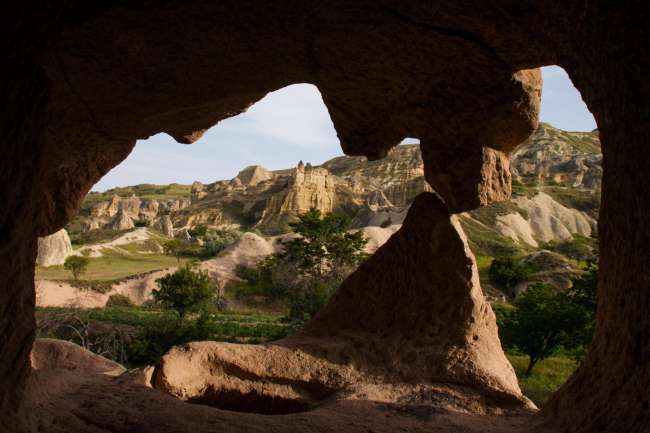
Rapoarte de călătorie Curcan
